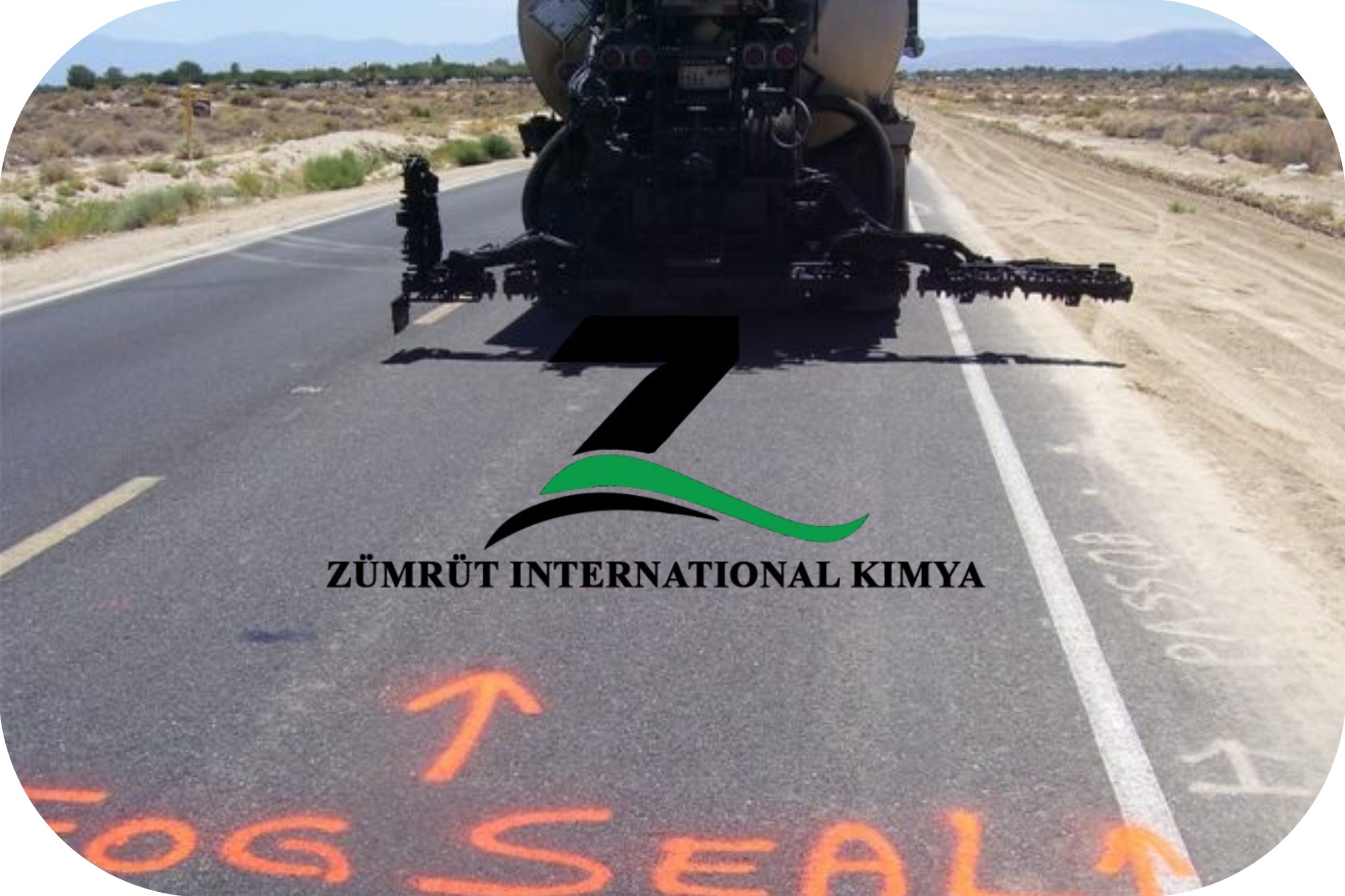
What is a Fog Seal?
Fog seal is a maintenance treatment where a thin, misty coating of asphalt emulsion is applied over a surface of existing asphalt pavement—also known as “fogging.” The low-cost process extends pavement life and delays costly repairs or full rehabilitation.
Fog seals serve several important functions: they rejuvenate aged and oxidized asphalt, fill minor surface cracks, and slow decay such as raveling. In creating an insulating layer of protection, fog seals reduce the flow of water into the pavement, which otherwise accelerates the deterioration. They temporarily protect damaged road sections so that these continue to function while better repair schemes are drawn or underway.
How Does Fog Seal Asphalt Emulsion Work?
Fog seal emulsions consist of fine asphalt particles suspended in water and surfactants (emulsifiers) and sometimes rejuvenators. The surfactants keep the asphalt suspended uniformly until used on the pavement by being sprayed on, with water evaporating, leaving a thin, new asphalt layer. Rejuvenators soften the pavement surface that is treated, promoting adhesion and flexibility.
When applied, the emulsion wet the pavement’s surface and binder. Cationic (positive charge) emulsions push water off of the pavement surface, speeding up the breaking process—where the emulsion becomes a solid film binder. Breaking time depends on weathering conditions like temperature, wind, and humidity. Anionic (negative charge) emulsions break mostly by evaporation of water and imbibition into the pavement.
Common cationic emulsions used for fog seals are CSS-1 and CSS-1h.
Fog Seals Process
Surface Preparation
Sealing of minor cracks and cleaning of the surface prior to treatment.
Spray Application
Light spray application of approximately 0.10 gallons per square yard of a diluted asphalt emulsion.
Fine Aggregate Application
Light spreader application of approximately 0.5 pounds per square yard of a fine cover aggregate to aid in surface texture.
Curing
Typical curing in 30 to 60 minutes (sometimes shorter or longer depending on road and atmospheric conditions) prior to returning to traffic.
Road Requirements for Fog Seals
Fog seals can be used on a variety of road types, with a full range of traffic types, and applied in any climate type. Fog seals are applicable for pavement surfaces where the penetration of the diluted emulsion can be expected. This typically includes roads with aged and raveled asphalt surfaces, as well as chip and seal and open-graded surfaces. In addition, the roads need to have adequate structural capacity and are not applied on any roads that have signs of structural distress such as excessive cracking and rutting or shoving.
Benefits
Chip sealing boasts a few significant benefits that make it an effective pavement preservation method. It is a low-cost, effective way of maintaining roads that are already in good condition and extends their lives without subjecting them to any heavy reconstruction.
Sealing the surface, it does not allow water to enter the pavement and oxidation, which are some of the primary reasons for pavement deterioration. In addition, it is used to repair small surface issues such as small cracks and raveling so that they do not get any worse over time. Another important advantage is the way the contrast and visibility of the road and pavement markings are enhanced, which improves road safety overall for drivers.

